What should the colour be?
The normal colour of stool is brown. However, the normal stool colour may range from light yellow or brown to almost black.
Yellow stool
A stool that is yellow often suggests the presence of undigested fats. Patients with liver and gallbladder diseases such as hepatitis – infective, alcoholic, or non-alcoholic -, cholecystitis, and gallstones can also have yellow stools.
Yellow stool may also occur as a result of diseases affecting the pancreas such as pancreatic insufficiency, which reduces the delivery of digestive enzymes to the intestines.
Some other causes of dark yellow stools include cystic fibrosis, chronic pancreatitis, chronic alcohol abuse, and obstruction of the pancreatic duct carrying enzymes to the intestines usually due to pancreatic cancer.
Celiac disease is another condition that could cause greasy and yellow stool. Infections like Giardia and fast transit time are some other causes of yellow stool.
Red stool
Having red stools is common after eating beetroot. The stool colour is restored to normal within a day or two in this case. Eating other red vegetables and cranberries can also turn the stool red in colour.
However, if you haven’t just eaten something “red”, red stools could be a sign of bleeding in the lower part of the gastrointestinal tract and would require attention. If the bleeding originates from the lower part of the intestines, blood would not come into prolonged contact with the digestive enzymes due to the very short distance between the site of bleeding and the rectum, causing the stool to appear dark red.
Conditions affecting the anus such as proctitis, bleeding piles, and fissures can also cause red stools.
Black stool
The common causes of black stool, also called melena, include the use of iron supplements and bismuth-containing medications like bismuth subsalicylate and Pepto-Bismol. The dark colour of stools caused due to any of these medications is typically not foul-smelling or sticky in texture. Black stool can be harmless (caused by a medication) or a sign that something is terribly wrong.
When bleeding occurs in the stomach and the upper part of the small intestine, the stool tends to turn black and sticky. It is often described as black and tarry stool. Generally, the black, tarry stool is foul-smelling.
Black stool can also be a sign of bleeding in the stomach due to gastritis or peptic ulcer. This change in colour occurs due to the chemical reactions occurring between the blood and the digestive enzymes released by the intestines as the food passes further through the digestive tract.
Green stool
Eating green foods like spinach can cause stool to appear more green than normal.
The green colour of stool can be due to the presence of a pigment called bilirubin. When stool passes through the intestines rapidly, there would be very little time for bilirubin to undergo the usual chemical changes, causing the stool to appear green due to the rapid transit.
Liver diseases like hepatitis, cirrhosis, and fatty liver disease can cause green stool. Infections like salmonella and biliary imbalances caused due to conditions like bile duct obstruction, cholecystitis, and gall stones are other common causes of green stool. The use of iron supplements and some antibiotics can also make the stool turn green.
Chalky white stool
Chalky white stool often occurs due to liver diseases, which affect the metabolism of fat causing the fats in foods to be excreted in the stool instead of getting properly digested.
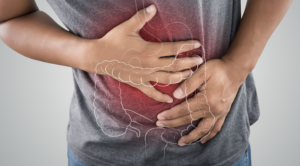

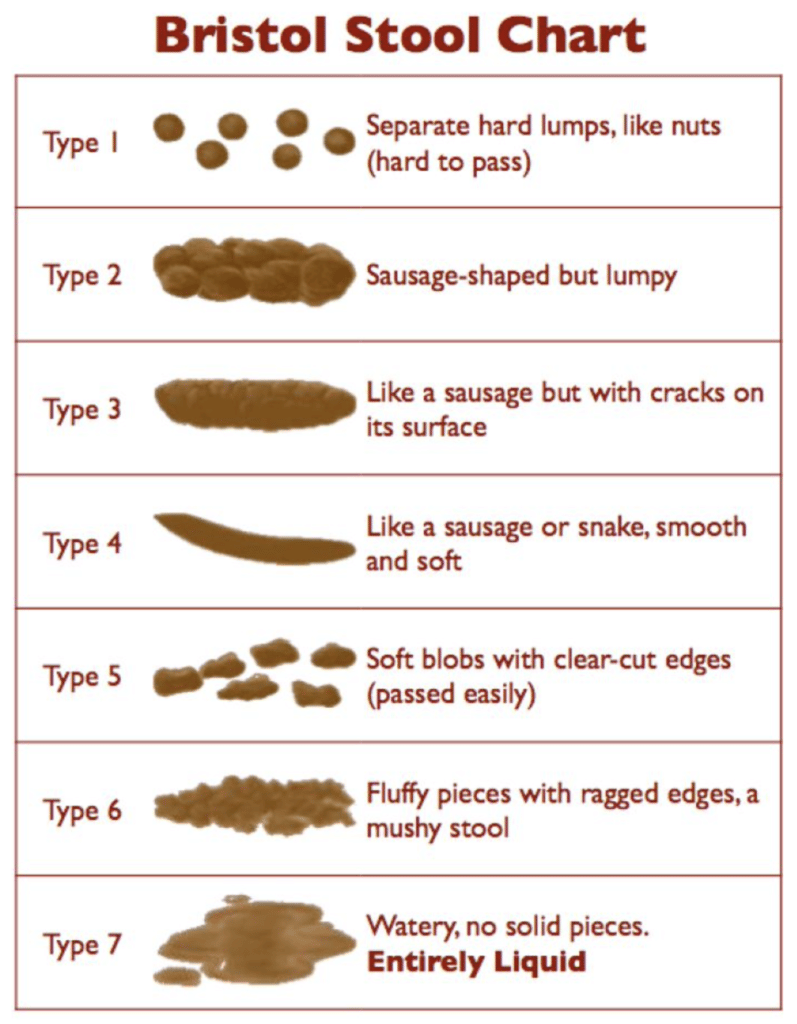


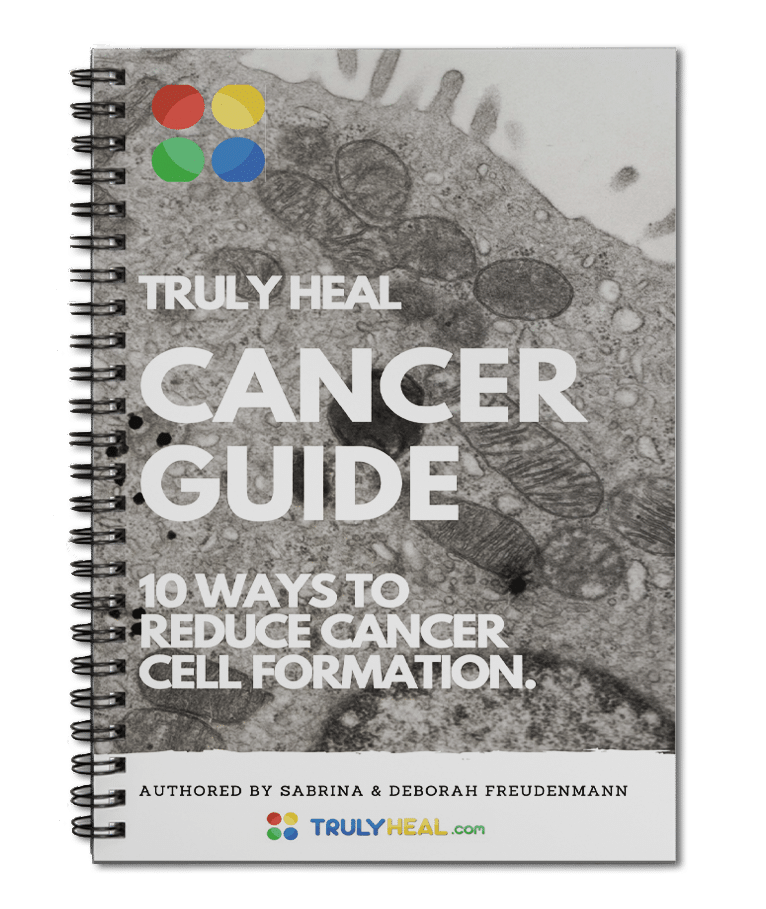
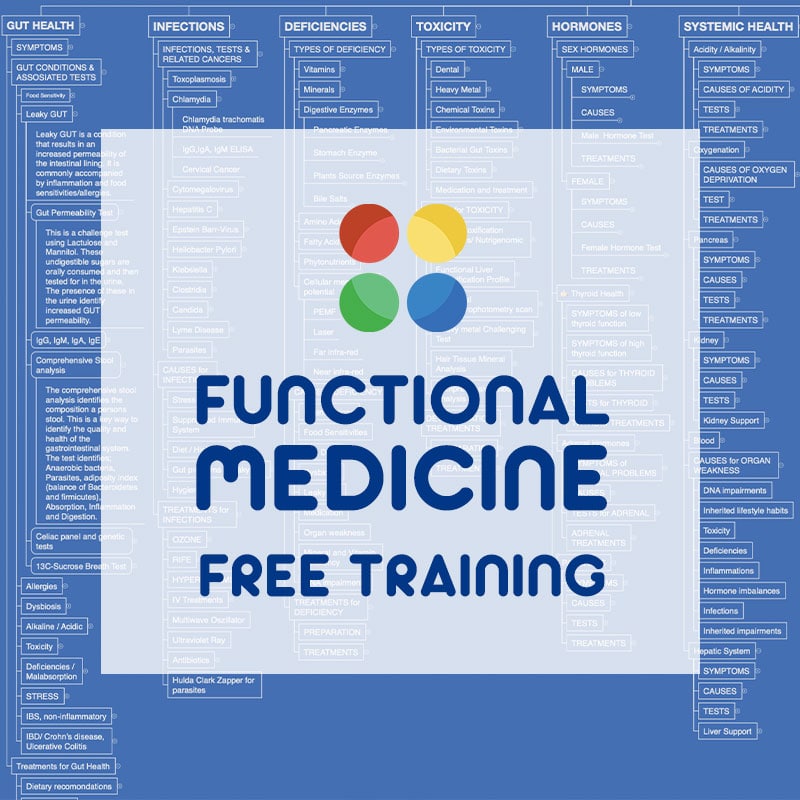


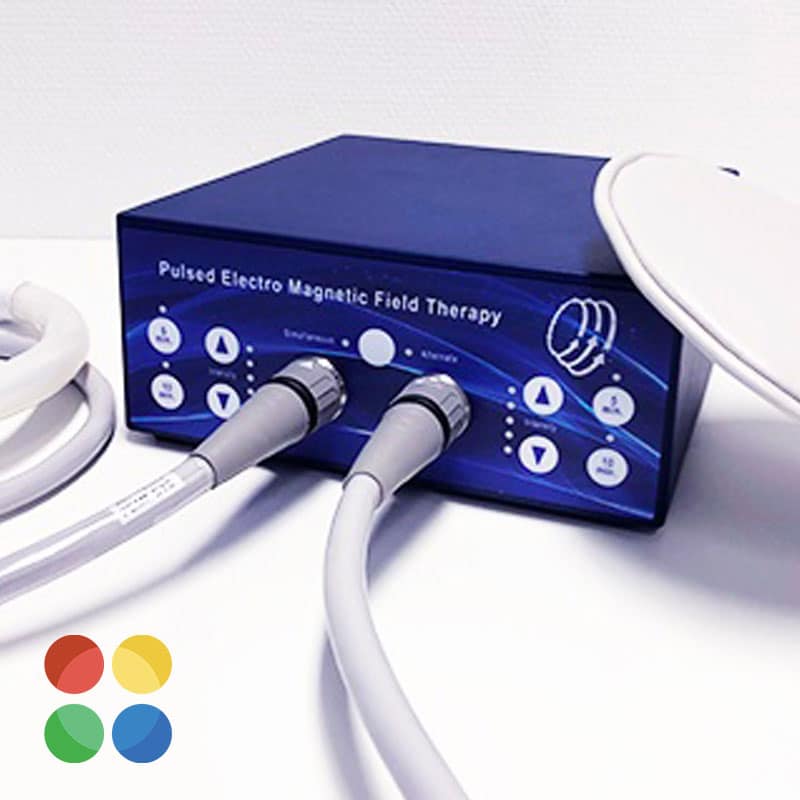



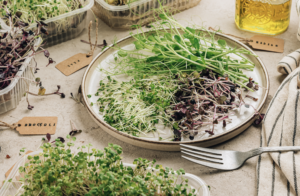
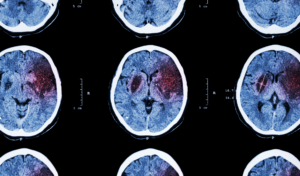
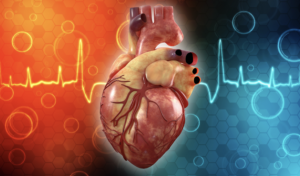
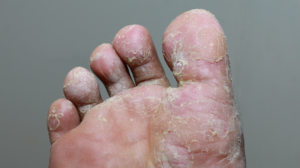
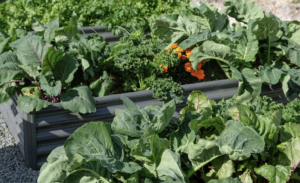
4 Responses
Good job Deborah on this article. When my brother and I were taking care of Mom 24/7 we checked her bowel movement. If you are a care taker this is good to know. She passed in 2010 but she made it to 97 years young. Sorry to hear about your grandmother. She is paradise. No more pain and suffering. Blessing to you all!
Hi Shirley, thank you! You’re so right. It’s very important to know this information as a care taker. I’m sorry for your loss, she did indeed reach a wonderful age!
Much love
How can I improve my gut health together with Parkinson’s disease?
Hi John, thanks for your comment. Have you seen our article on Parkinson’s disease? You’ll find it under the blog :)